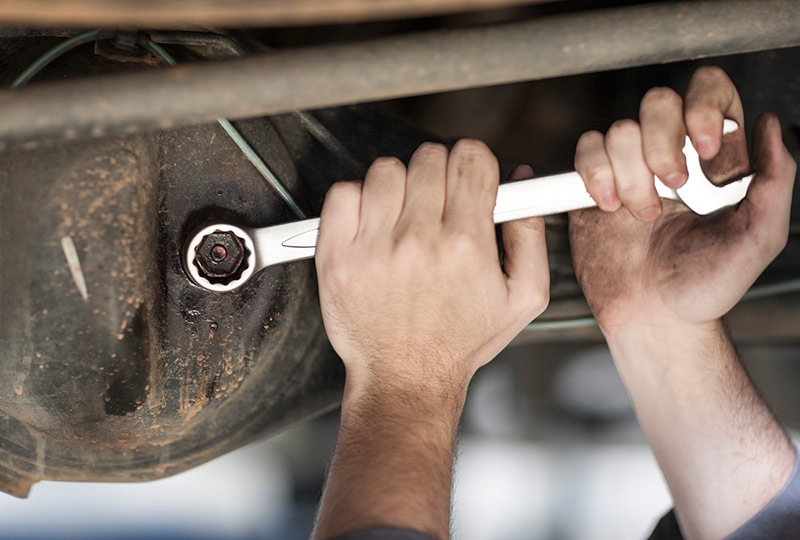It’s usually repetitive movements done every day, not occasional sports, that cause this pain in the forearm.
Tennis and golf are very different sports, but orthopedic problems named for them are actually two versions of the same bone and joint problem.
Tennis elbow affects tendons along the outside of the forearm where it meets the elbow. Golfer’s elbow affects tendons on the inside of the forearm, also at the elbow.
Yes, you can develop this painful condition playing tennis or golf, said hand and arm surgeon Doug Weikert, M.D., a hand surgeon with Vanderbilt Orthopaedics. But most people end up with this pain because they are middle-aged and make repetitive motions with their lower arms. For example, a mechanic who turns wrenches all day or a chef who constantly chops ingredients are typical patients who come to Weikert for relief of tennis or golf elbow.
What causes tennis elbow or golf elbow?
Weikert compares the tendons just below the elbow to a piece of rope. A rope in good condition is neatly wound, very organized, with no stray fibers or loose ends. Tendons that allow the wrist and fingers to bend originate at the arm bone near the elbow. In tennis elbow and golf elbow, those strained tendons are like a rope that’s starting to fray.
What are the symptoms of tennis elbow or golf elbow?
These conditions are diagnosed with very specific pain in the elbow. For tennis elbow, it’s typically when the patient lifts something, palm down. For golfer’s elbow, it’s usually if they bend the wrist toward the forearm. Either way, the elbow might feel stiff, and there might be weakness, numbness or tingling in the fingers and wrists. The problem typically starts subtly and gets worse over time, and is not caused by any obvious trauma. Often, patients keep “working through” this discomfort until the pain gets too difficult.
That said, it’s rare for someone to feel both tennis and golf elbow at the same time.
How are these conditions treated?
There are several nonsurgical strategies that patients will try before surgery is considered:
• Physical therapy helps stretch the tendons.
• Ice massage at the end the day helps soothe the pain.
• Braces, called counterforce braces, help support tendons and muscles.
• Steroid injections can help.
If a patient gets relief from a steroid shot, Weikert will offer several follow-up injections over the course of a few months. He doesn’t recommend surgery until people have tried these nonsurgical treatments for about nine months. “We want to give it a good chance to work itself out.” But if the conservative approaches don’t help, surgery may be necessary.
In surgery to relieve tennis or golf elbow, the doctor lifts the affected tendons, examining the underside. Typically, the tendon has a disorganized, unhealthy, discolored area that’s clearly in worse shape than nearby healthy tendons. The surgeon trims away the damaged tendon, then sews it to the arm bone (humerus). The surgery does not require general anesthesia or a hospital stay, just local anesthesia to numb the arm, and IV sedation.
After surgery, patients go through physical therapy, wear a brace for several weeks and do exercises to improve range of motion and muscle strength. Full recovery usually takes 10 to 12 weeks.

If you are dealing with an injury, facing surgery or coping with chronic pain, Vanderbilt Orthopaedics offers a full spectrum of care. Our specialists work with you from evaluation and “prehab” through physical therapy and, if needed, surgery. We’ll help you get back to doing the things you love, pain-free. To make an appointment, call 615-936-7846.


